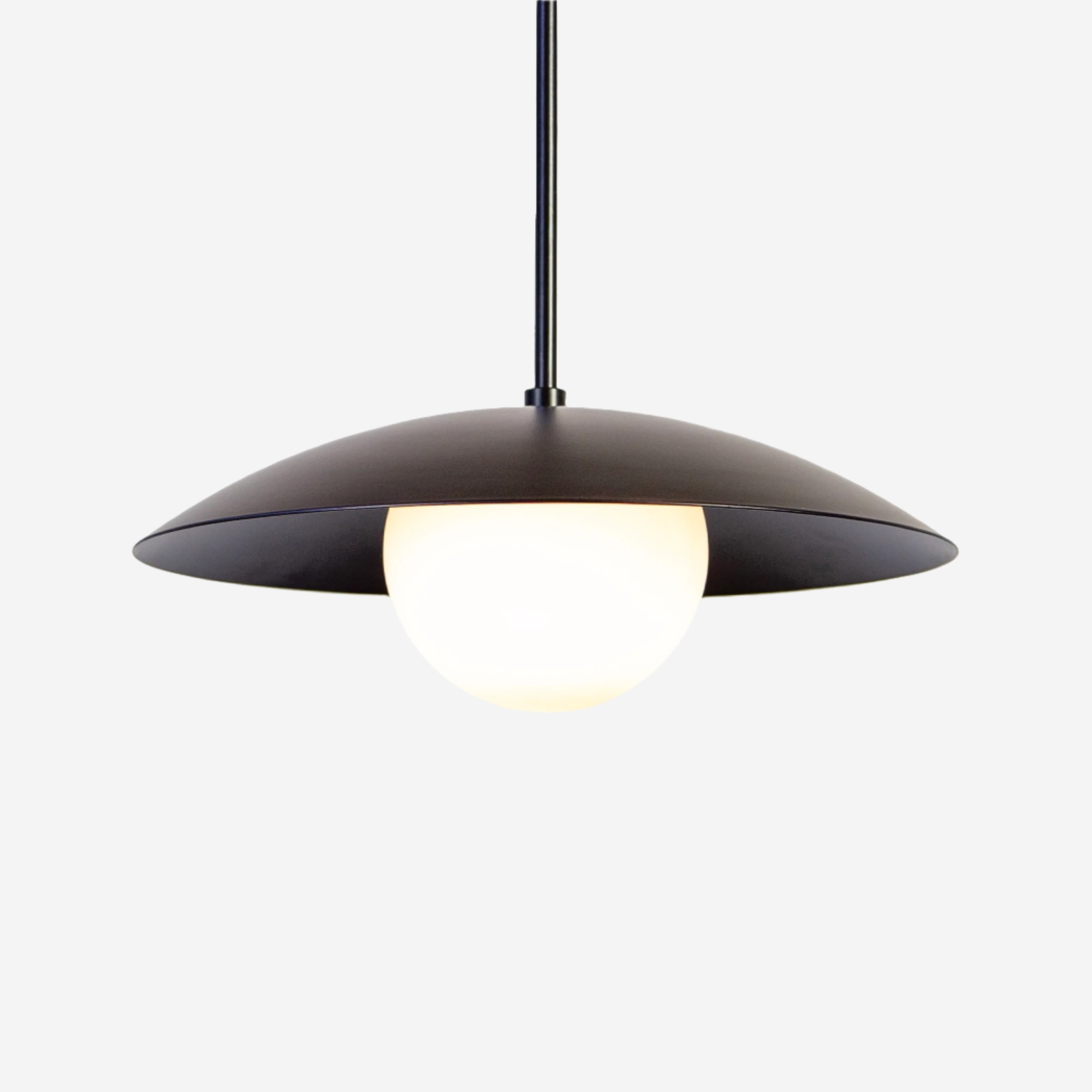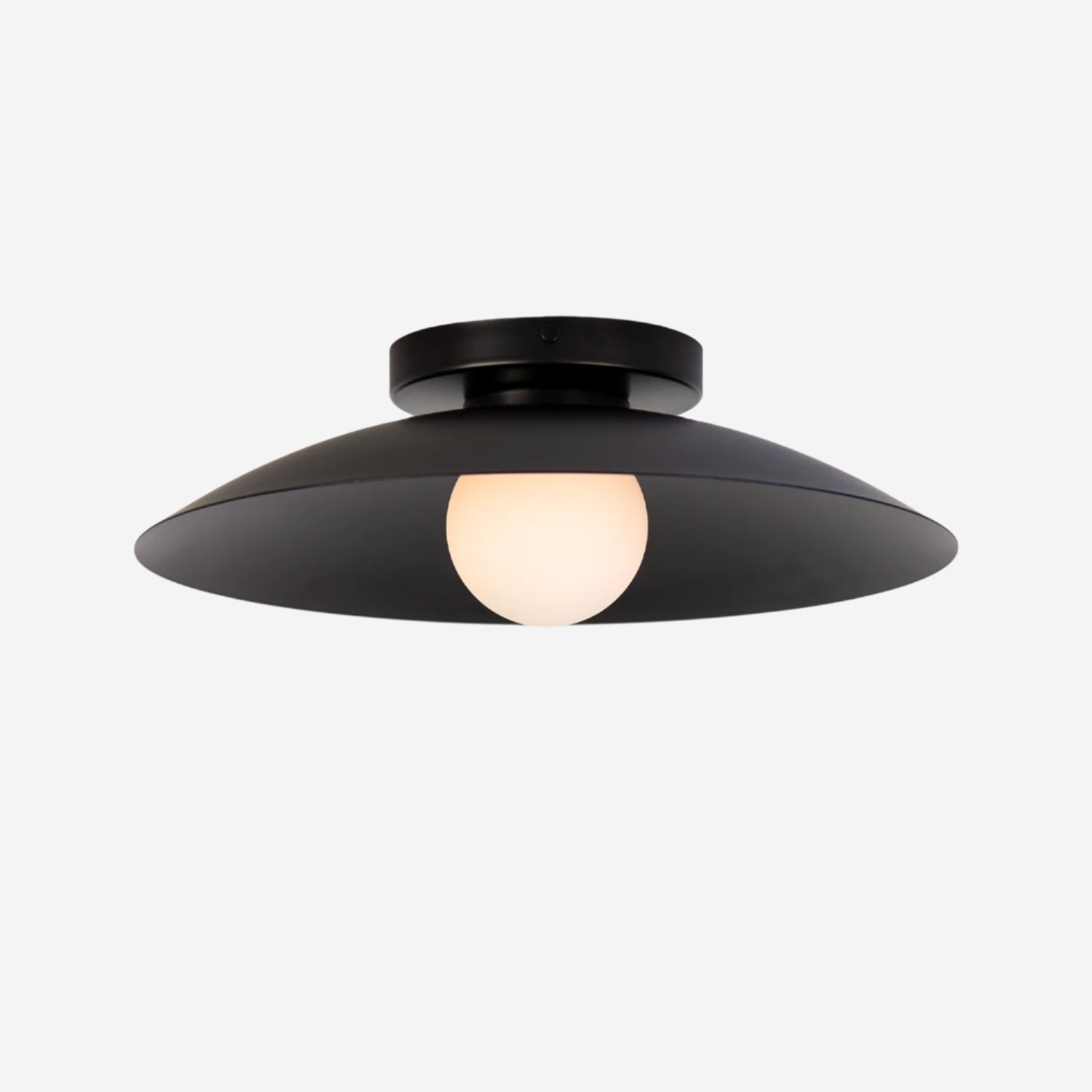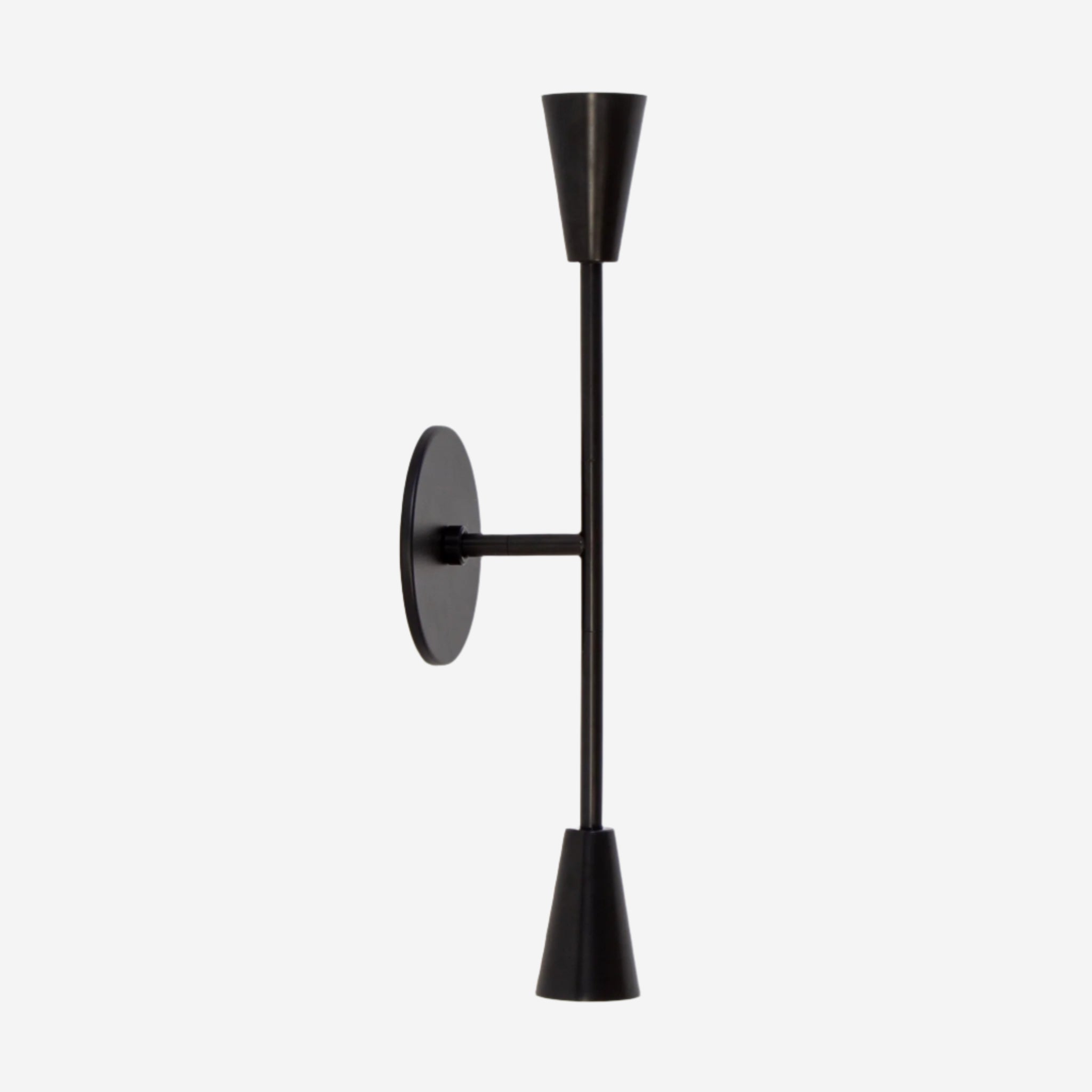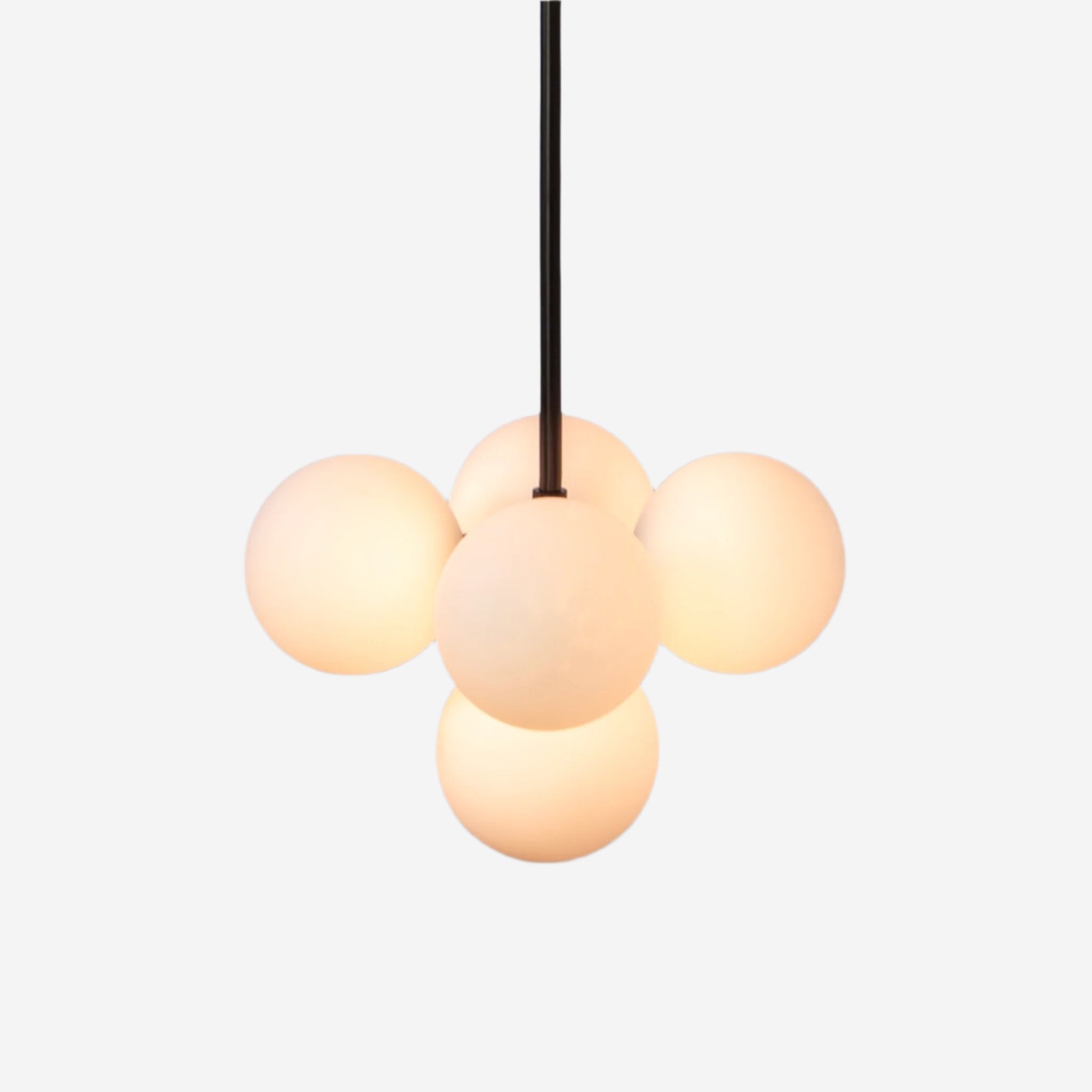What type of lighting is best for a bedroom?
Softer, dimmable lighting works best in bedrooms. Our fixtures are designed to create warmth, rhythm, and calm, without feeling dim or dull.
Can I use sconces instead of table lamps?
Of course. Sconces free up surface space and bring a sculptural presence. They’re especially great for smaller bedrooms or low-profile setups.
Do your lights come with dimmers?
They’re all dimmable. Just pair them with a compatible wall dimmer and enjoy full control, morning to midnight.
How bright are your bedroom light fixtures?
Bright enough to read by, soft enough to wind down with. Most fixtures ship with LED bulbs that balance function and atmosphere.
Are bulbs included?
Yes. We ship all fixtures with bulbs, so you’re ready to light up straight out of the box.
Are your fixtures hardwired or plug-in?
Our bedroom lighting fixtures are hardwired for a clean, custom look. That’s part of the charm (and confidence).
Can your fixtures be installed on sloped ceilings?
Some can. Especially pendants with adjustable downrods. Reach out if you're unsure and we’ll help you pick the right one.
Do you offer custom sizes or finishes?
Yes. Every piece is made to order, so we can accommodate custom requests on many fixtures. Let us know what you're envisioning.
How do I choose the right size fixture for my bedroom?
We usually recommend larger fixtures than you think. Scale matters. Feel free to reach out with your room dimensions and we’ll guide you.
What’s the lead time?
Most pieces ship within 4 to 6 weeks. Since everything’s built in Brooklyn, we keep the process tight and transparent.
Are these suitable for master bedrooms?
Definitely. Whether it’s a large room or a more intimate setup, our designs scale with confidence and charm.
Do you have lights for low ceilings?
Yes. Our flush and semi-flush mounts were made with that in mind. They bring presence without dropping too low.
Can I mix metal finishes in the same room?
Absolutely. Mixing adds contrast and depth. Our brass, black, and nickel finishes were designed to complement, not compete.
 from $475.00
from $475.00 from $600.00
from $600.00 from $475.00
from $475.00 from $550.00
from $550.00 $450.00
$450.00 $500.00
$500.00 from $1,300.00
from $1,300.00





